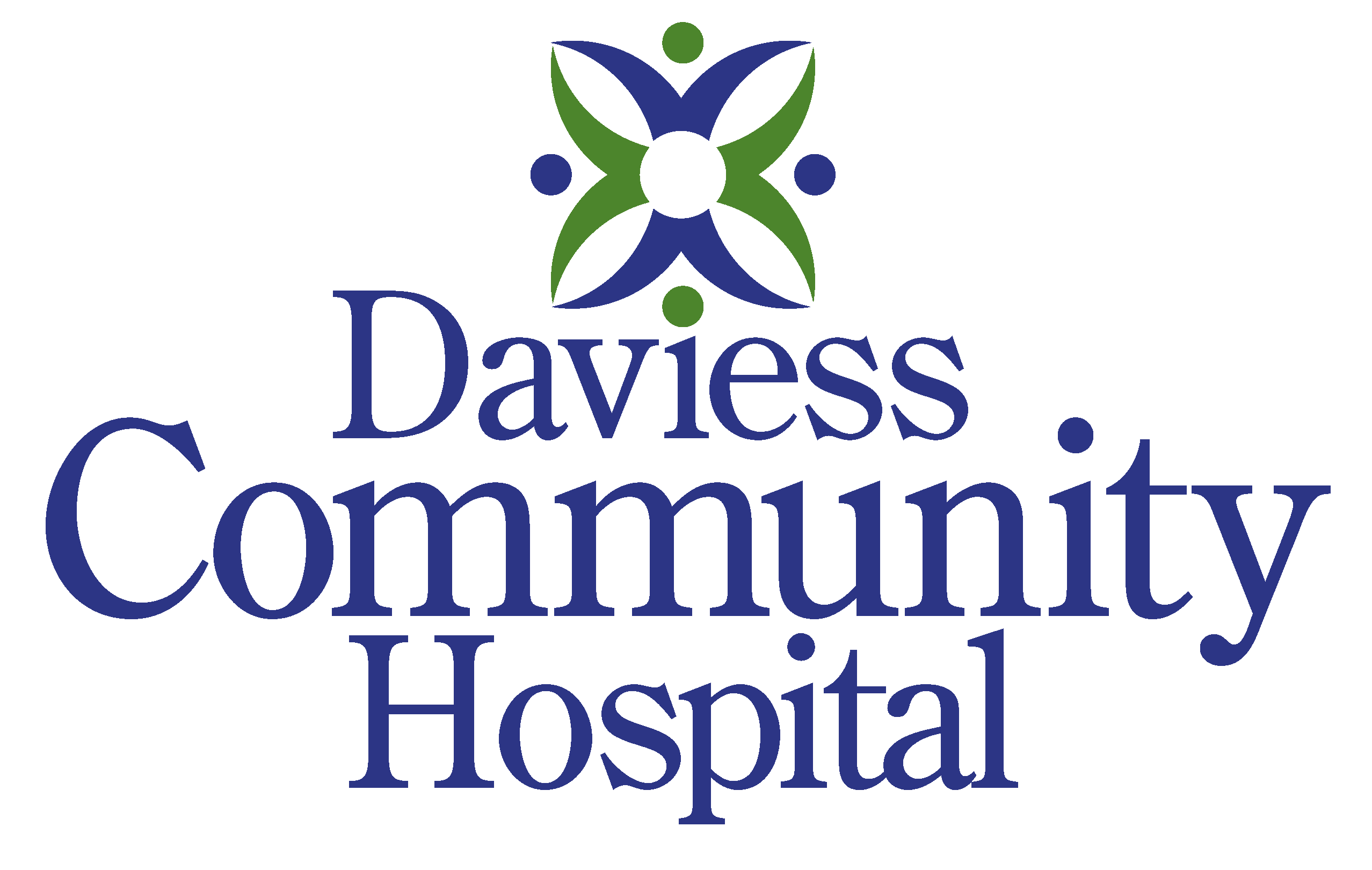
Augmentative & Alternative Communication (AAC)
Communication support for children and adults
When speech is limited or difficult to understand, there are other ways to communicate. Augmentative and Alternative Communication (AAC) includes low-tech options (like picture boards, writing, gestures) and high-tech options (such as tablet-based speech-generating systems). At Daviess Community Hospital’s CORE Center, our speech-language pathologists evaluate communication needs, recommend appropriate AAC tools, and train patients and caregivers to use them in everyday life—at home, at school, at work, and in the community.
Who AAC can help
AAC may be appropriate for children, teens, and adults who experience one or more of the following:
- Limited verbal speech or speech that’s hard to understand
- Developmental or neurological conditions that affect communication
- Speech changes after stroke, traumatic brain injury, or illness
- Progressive diagnoses that impact speech over time
- Temporary loss of voice or voice restrictions following surgery
Your SLP will determine whether AAC should augment speech (used alongside talking) or replace speech temporarily or long-term.
Types of AAC we support
AAC is not one-size-fits-all. Your SLP will help you explore tools that match abilities, goals, and daily environments:
- Low-tech AAC: gestures and facial expressions; writing or drawing; letter boards; picture symbols; communication books and choice boards
- High-tech AAC: tablet- or device-based systems that generate speech output (accessed via touch, typing, or other access methods)
Our SLPs provide AAC evaluation, device trial support, and training for patients and caregivers so the system becomes functional across settings.
What to expect
Evaluation
Your SLP completes a functional communication assessment, reviews daily routines, and identifies priority communication goals (e.g., requesting, refusals, social interactions, school/work participation).
Recommendation & trial
Based on abilities and needs, your SLP recommends low-tech and/or high-tech options and supports device trials when appropriate. (If coordination with equipment vendors or schools is needed, your SLP will advise next steps.)
Training & generalization
We provide step-by-step training for the AAC user and caregivers/teachers so communication works across home, school, and community. Treatment includes practice in natural routines, vocabulary customization, and strategies for long-term success.
Follow-up
As skills grow, we adjust vocabulary, access methods, and layouts to keep communication efficient and meaningful.
AAC across ages and conditions
AAC can be life-changing for:
- Pediatrics: autism spectrum–related communication needs, developmental language disorders, apraxia of speech, cerebral palsy; school-based coordination as needed
- Adults: post-stroke or TBI communication changes, dysarthria, neuromuscular speech disorders (e.g., Bell’s palsy), head and neck cancer–related voice changes
AAC is part of CORE’s comprehensive speech-language services for both adults and children.
Locations
Outpatient AAC services are offered at both CORE Center locations:
- CORE Center: 421 E. Van Trees Street, Washington, IN
- CORE Center at North Daviess: 800 S. West Street, Odon, IN
Call (812) 254-8889 to schedule an AAC evaluation or to ask about referral requirements.
FAQs
Do you provide device funding or brand-specific recommendations?
Your SLP will advise on
appropriate AAC options and trials. When funding assistance or brand-specific support is needed, we will
discuss next steps and coordinate as appropriate (e.g., with schools,
vendors, or insurers).
Is AAC only for nonverbal individuals?
No. AAC often
augments existing speech so communication is clearer and more efficient—especially
in noisy settings or during fatigue.
Will AAC stop my child from talking?
Research shows AAC
does not prevent speech development and can actually
support it by giving children a reliable way to communicate while speech skills grow.
Do I need a referral?
Many insurers require a physician referral. If you’re unsure, call
(812) 254-8889 and our team will help you determine next steps.
